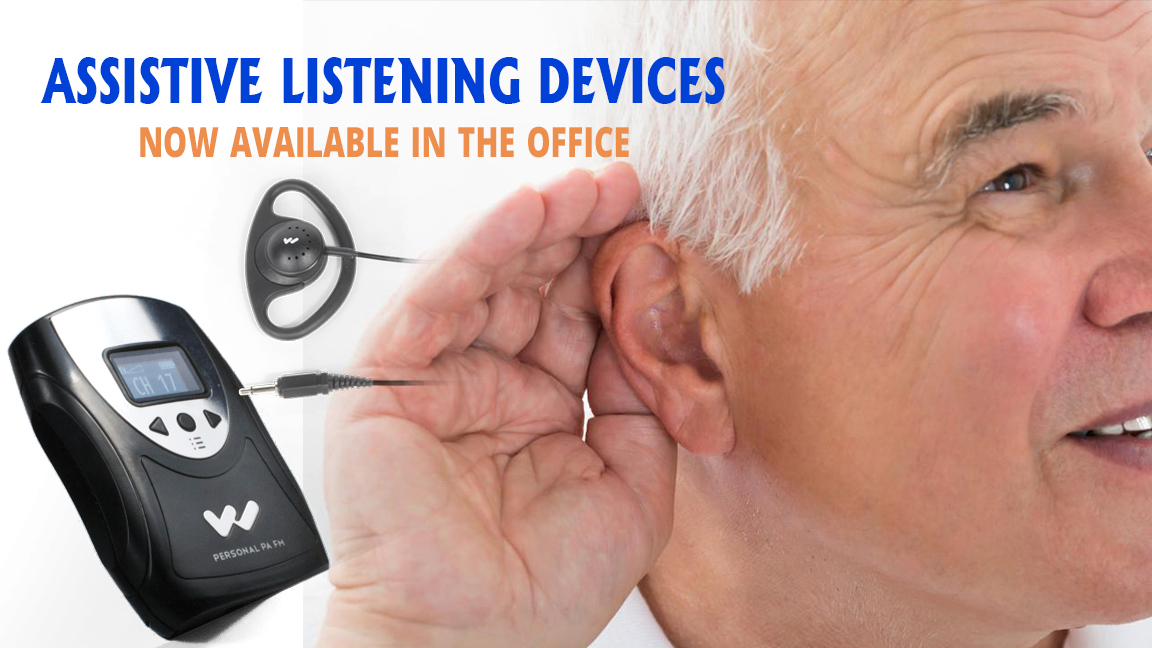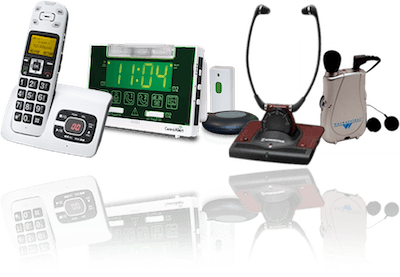
#Digital assistive listening devices portable
One team has developed a portable device in which two or more users type messages to each other that can be displayed simultaneously in real time. NIDCD-funded researchers are developing devices that help people with varying degrees of hearing loss communicate with others. Improved listening devices for people with hearing loss.It is also able to translate spoken words back into sign language or text.įinally, for people with mild to moderate hearing loss, captioned telephones allow you to carry on a spoken conversation, while providing a transcript of the other person’s words on a readout panel or computer screen as back-up.
#Digital assistive listening devices software
Text messaging has also become a popular method of communication, skipping the relay service altogether.Īnother system uses voice recognition software and an extensive library of video clips depicting American Sign Language to translate a signer’s words into text or computer-generated speech in real time.

People can place phone calls through the telecommunications relay service using almost any device with a keypad, including a laptop, personal digital assistant, and cell phone. With today’s new electronic communication devices, however, TTY machines have almost become a thing of the past. (See Telecommunications Relay Services for more information.) Through the relay service, a communications assistant serves as a bridge between two callers, reading typed messages aloud to the person with hearing while transcribing what’s spoken into type for the person with hearing loss. Callers will either type messages to each other over the system or, if a call recipient does not have a TTY machine, use the national toll-free telecommunications relay service at 711 to communicate. A TTY machine consists of a typewriter keyboard that displays typed conversations onto a readout panel or printed on paper. This same technology also benefits people with speech difficulties. What Augmentative & Alternative Communication Devices Are Available For Communicating by Telephone?įor many years, people with hearing loss have used text telephone or telecommunications devices, called TTY or TDD machines, to communicate by phone. Software programs that convert personal computers into speaking devices are also available. Some devices employ a vocabulary of prerecorded words while others have an unlimited vocabulary, synthesizing speech as words are typed in. Some models allow users to choose from several different voices, such as male or female, child or adult, and even some regional accents. Speech-generating devices go one step further by translating words or pictures into speech. Spelling and word prediction software can make it faster and easier to enter information. The display panel typically faces outward so that two people can exchange information while facing each other. Keyboards, touch screens, and sometimes a person’s limited speech may be used to communicate desired words. Many picture boards can be customized and expanded based on a person’s age, education, occupation, and interests. For example, a person might touch the image of a glass to ask for a drink.

The simplest AAC device is a picture board or touch screen that uses pictures or symbols of typical items and activities that make up a person’s daily life.

See the NIDCD fact sheet Hearing Aids for more information. A simple switch or programming maneuver performed by the user activates this function. Many cochlear implants have a telecoil built into the sound processor, or can use an external telecoil accessory with both hearing aid compatible telephones and public loop systems. For people who are hard-of-hearing who do not have a telecoil-equipped hearing aid or cochlear implant, loop receivers with headsets can provide similar benefits but without the customized or “corrected sound” feature that matches one’s hearing loss pattern. This process eliminates much of the distracting background noise and delivers sound customized for one’s own need. The telecoil works by receiving an electromagnetic signal from the hearing loop and then turning it back into sound within the hearing aid or cochlear implant. It also is used with a variety of other assistive listening devices, such as hearing loop (or induction loop) systems, FM systems, infrared systems, and personal amplifiers. It was originally designed to make sounds clearer to a listener over the telephone. A telecoil, also called a t-coil, is a coil of wire that is installed inside many hearing aids and cochlear implants to act as a miniature wireless receiver.


 0 kommentar(er)
0 kommentar(er)
